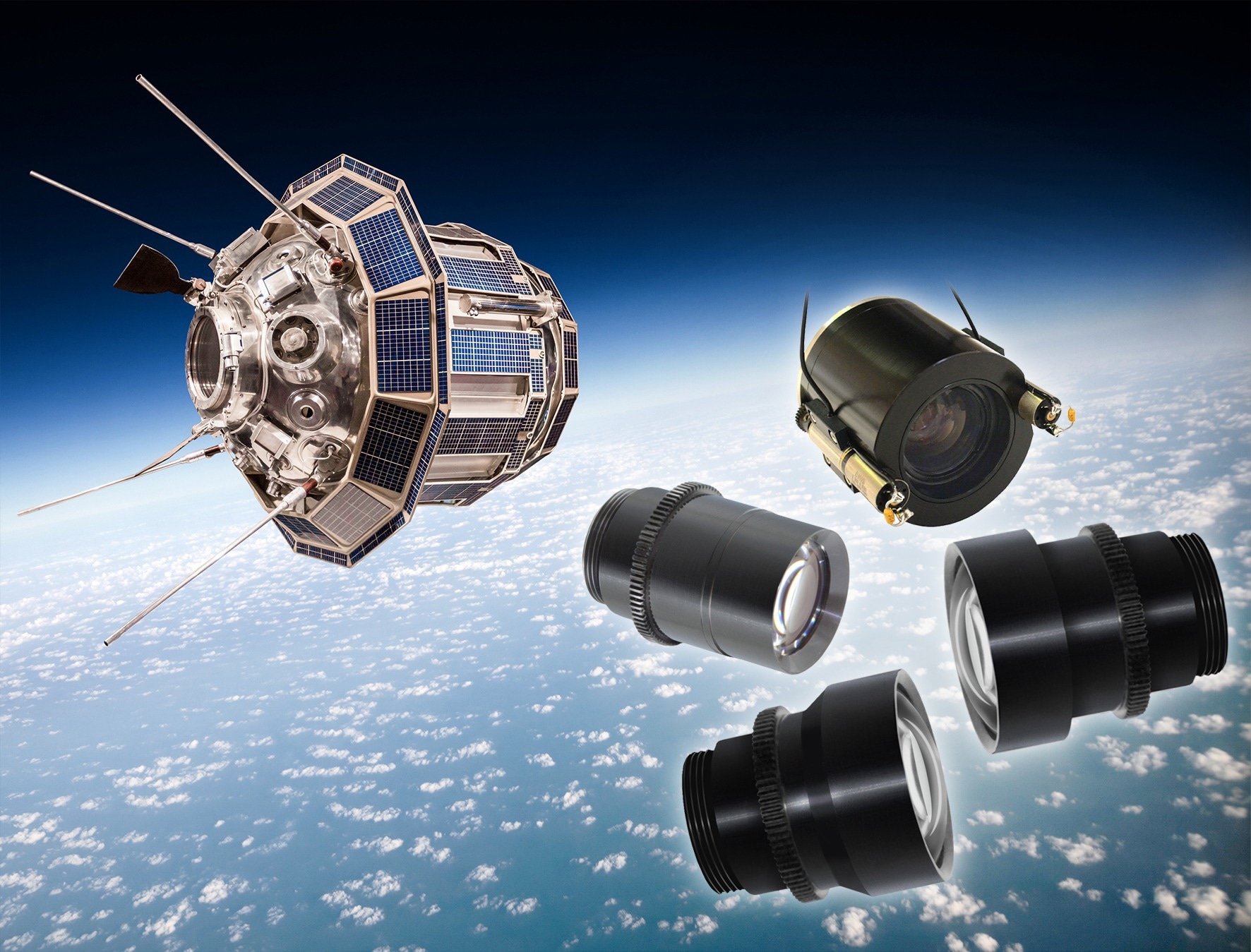Resolve Optics is a leading supplier of miniature space-ready optics that lie at the heart of microsatellites and nanosatellites being deployed for a growing range of applications including remote sensing, earth observation, data communications, scientific analysis, and surveillance.

Image Credit: Resolve Optics
For a lens or optical system to be considered space-ready it must meet some very strict requirements. The key environmental considerations when designing lenses for use in satellites includes how they react to the vibration and shock of launch, extremes of temperature, high vacuum and cosmic radiation encountered in space.
Mark Pontin, Managing Director of Resolve Optics commented “As satellites have decreased in size there is the necessity for the optics that lie at the heart of these imaging platforms to also reduce in size and weight. This is not always a straightforward task. If you are developing a camera system for a micro- or nanosatellite-based space mission, we recommend incorporating a compact sensor and then it will be possible for us to keep the lens design compact as well. Being able to keep the size of the lens compact also helps them withstand vibration and shock during launch into space as the mass is small. To ensure your micro- or nanosatellite optics are sufficiently robust, all elements in our space-ready optics are secured and unable to break loose when subjected to the rigours of launch and other environmental factors. All our satellite lenses and optical systems are athermalized to ensure they maintain focus throughout the wide operating temperature range typically experienced in space. The impact of cosmic radiation on your lens or optical system is a major consideration when designing for use in space. Unfortunately, standard optical glass types turn brown or grey when exposed to cosmic radiation. As a result, the light transmission of the lens will degrade markedly in just days or weeks. For longer term space missions, we use cerium doped glass elements that prolong the life of the satellite lens or optical system to years.”